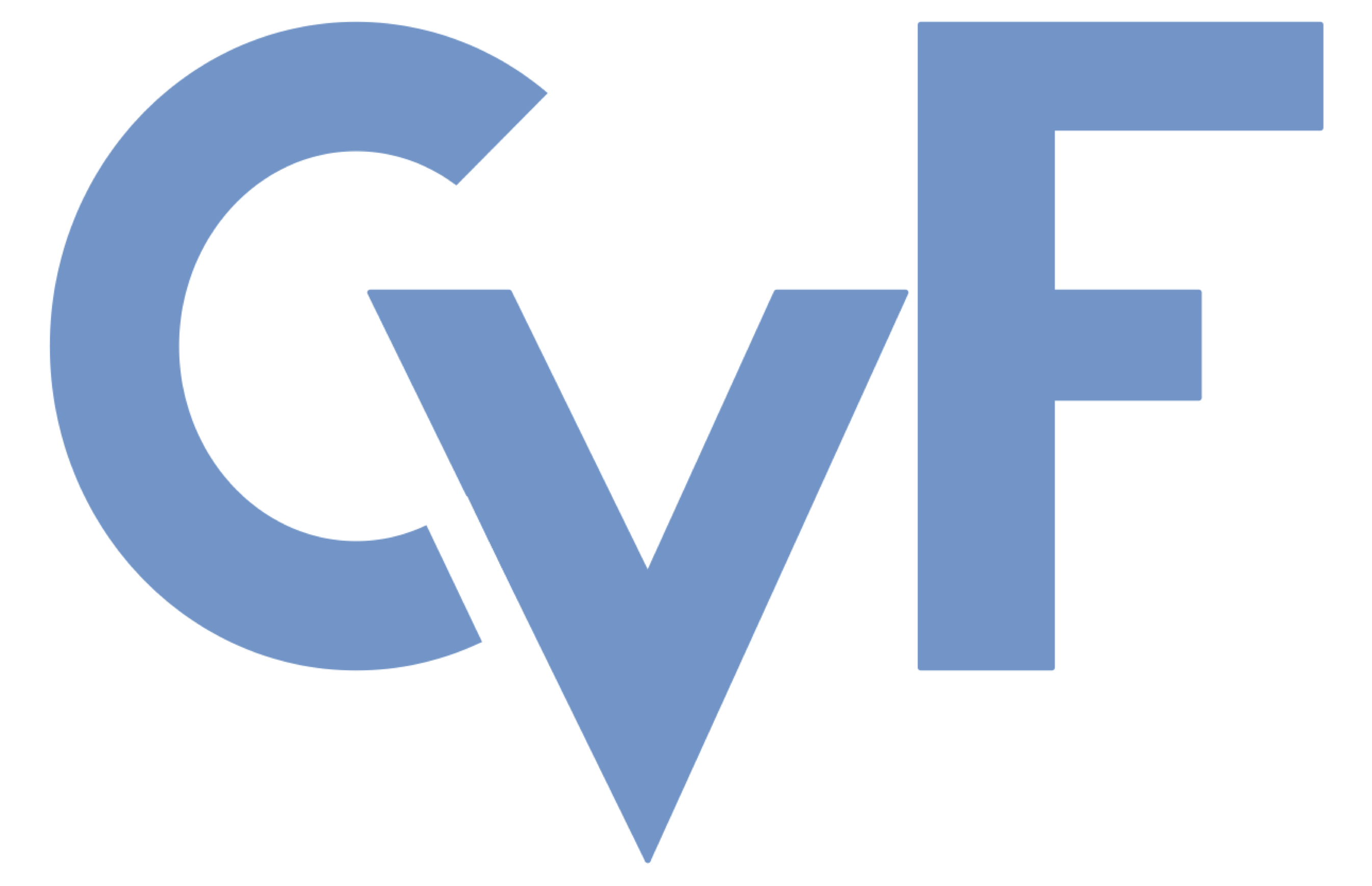-
[pdf]
[supp]
[arXiv]
[bibtex]@InProceedings{Yan_2025_ICCV, author = {Yan, Songkun and Li, Zhi and Zhu, Siyu and Wen, Yixin and Zhang, Mofan and Chen, Mengye and Cao, Jie and Hong, Yang}, title = {AQUAH: Automatic Quantification and Unified Agent in Hydrology}, booktitle = {Proceedings of the IEEE/CVF International Conference on Computer Vision (ICCV) Workshops}, month = {October}, year = {2025}, pages = {2926-2935} }
AQUAH: Automatic Quantification and Unified Agent in Hydrology
Abstract
We introduce AQUAH, the first end-to-end language-based agent designed specifically for hydrologic modelling. Starting from a simple natural-language prompt (e.g., "simulate floods for the Little Bighorn basin from 2020 to 2022"), AQUAH autonomously retrieves the required terrain, forcing, and gauge data; configures a hydrologic model; runs the simulation; and generates a self-contained PDF report. The workflow is driven by vision-enabled large-language models, which interpret maps and rasters on the fly and steer key decisions such as outlet selection, parameter initialisation, and uncertainty commentary. Initial experiments across a range of U.S. basins show that AQUAH can complete cold-start simulations and produce analyst-ready documentation without manual intervention--results that hydrologists judge as clear, transparent, and physically plausible. While further calibration and validation are still needed for operational deployment, these early outcomes highlight the promise of LLM-centred, vision-grounded agents to streamline complex environmental modelling and lower the barrier between Earth-observation data, physics-based tools, and decision makers.
Related Material





